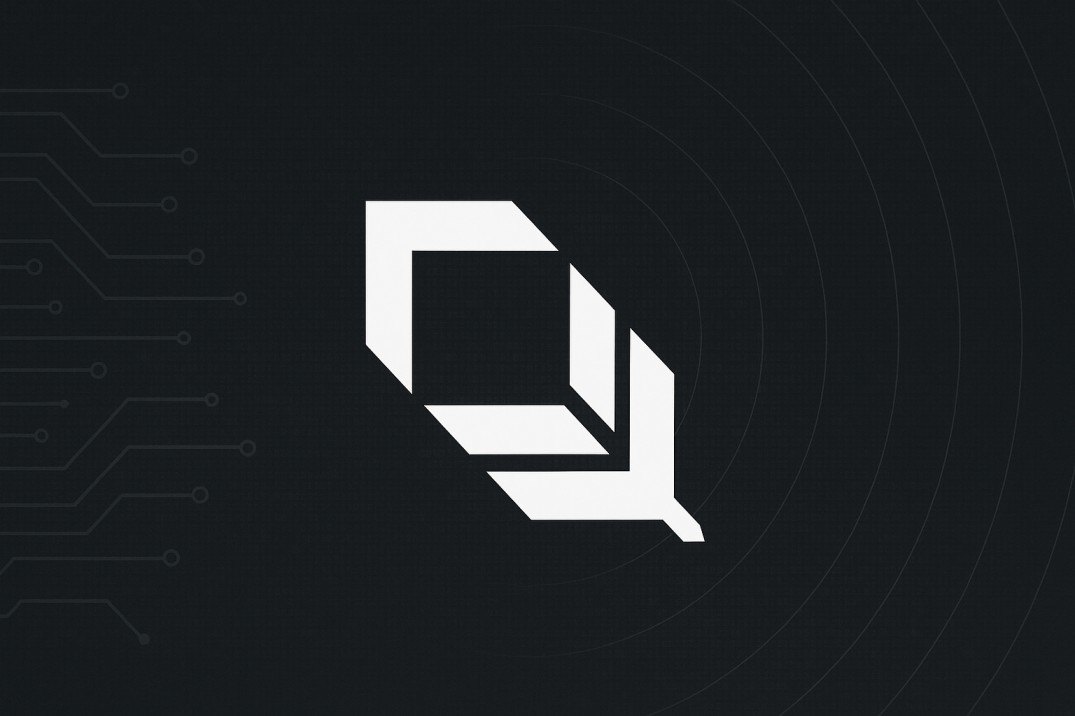TL;DR
- Plume is a public, EVM-compatible blockchain purpose-built for real-world assets (RWAs).
- It enables tokenized assets like private credit, ETFs, and commodities to be used in DeFi.
- Built as a full-stack Layer 1 chain, Plume offers tools for onboarding, tokenization, and ecosystem composability.
- Native support includes $PLUME, $USDPLUME, Plume Points, and a growing DeFi infrastructure.
- Over 180+ RWA projects are already being built on Plume.
RWAs are the next big opportunity in crypto. But bringing off-chain assets on-chain hasn't been easy. Most attempts so far have been slow, fragmented, or heavily permissioned. Plume is trying to fix that. Rather than being another DeFi chain with a "real-world" tab, Plume is built from the ground up to support tokenized real-world assets at every level: infrastructure, compliance, liquidity, and UX.
So, what It's goal? Make real-world assets behave just like crypto assets-available for staking, swapping, borrowing, and more. Not just viewable. Usable.
What is Plume Network?

Plume is a full-stack Layer 1 blockchain designed specifically for Real World Asset Finance (RWAfi). It supports an ecosystem of applications, asset issuers, DeFi protocols, and users.
It combines modular asset onboarding tools with DeFi-native primitives. So instead of forcing RWAs to adapt to existing systems, Plume builds around their needs-without compromising on composability or openness.
How Plume Works
At the base layer, Plume offers:
- EVM compatibility: Developers can build with familiar Solidity tools.
- Custom modules for RWAs: These include legal, compliance, tokenization engines, and integrations with asset managers.
- Composability: RWA tokens can plug into lending markets, DEXs, staking, and more.
- Asset portals: Issuers can tokenize assets directly via the Plume Portal, and distribute them globally.
Plume allows RWA tokens to behave like DeFi-native assets.
Real World Use Cases
Plume is built to support a wide range of real-world asset categories:
- Private credit
- Commodities (e.g., gold, oil)
- ETFs and financial instruments
- Real estate shares
- Revenue-based financing
- Tokenized treasuries
Through integration with legal and infrastructure providers, these assets can be verified, tokenized, distributed, and used across apps.
What is $PLUME?
$PLUME is the native token of the Plume Network.
It is used for:
-
Gas fees across the network
-
Staking and delegation to validators
-
Network governance
-
Protocol incentives for builders and users
As a core utility token, $PLUME underpins all activity on the chain and aligns incentives between users, builders, and the network.
What is $USDPLUME?
$USDPLUME is Plume's native stablecoin. It is designed for use across the network as a stable unit of value.
Use cases include:
- Stable settlement for tokenized assets
- Yield strategies with RWAs
- Borrowing/lending collateral
- Staking incentives
What Are Plume Points?
Plume Points (PP) are part of Plume's ecosystem incentives program. Users earn points for participating in:
- Testnet activity
- dApp usage
- Referrals and community campaigns
These are tracked via connected wallets and Plume IDs. While the exact reward mechanisms tied to points haven't been finalized, they serve as an engagement metric and loyalty layer.
Learn more here: Plum Points
Plume Portal: Tokenization Made Easy
The Plume Portal is a no-code gateway for asset issuers and developers. It allows users to:
- Tokenize a real-world asset from scratch
- Generate smart contracts and compliance layers
- List assets in compatible dApps
This drastically lowers the technical barrier for asset managers or institutions new to Web3. Projects can launch fully compliant RWAs with just a few clicks.
Ecosystem Growth and Stats
As of mid-2024:
- 180+ projects are building on Plume
- Early adoption includes RWA-native DeFi apps, asset originators, and NFT-linked real estate plays
- More integrations with liquidity layers, fiat on/off ramps, and identity tools are in progress
Plume's approach is demand-driven, prioritizing the needs of real asset issuers, rather than speculative narratives.
Developer Experience
Plume supports:
- EVM-compatible contracts
- Custom SDKs for tokenized assets
- Subgraphs, oracles, and indexers
- Strong testnet and developer documentation
Whether building a DEX for tokenized bonds or a marketplace for fractional real estate, developers can build quickly with standard tooling.
Challenges and Considerations
While Plume's vision is promising, it faces some key challenges:
- Regulatory hurdles: RWA tokenization requires strict compliance.
- Liquidity: Many tokenized assets may not have deep markets early on.
- Interoperability: Bridging Plume RWAs into other chains and apps may take time.
Still, by focusing on infrastructure and usability, Plume is setting the stage for long-term growth.
Final Thoughts
Plume is a network purpose-built for one of crypto's biggest promises: bringing real-world value on-chain. It delivers a practical toolkit: a native stablecoin, DeFi rails, tokenization engine, and compliant gateways.
Whether you're a fund manager tokenizing credit or a crypto user wanting exposure to RWAs, Plume is one of the first places where this can happen, composably and at scale.











